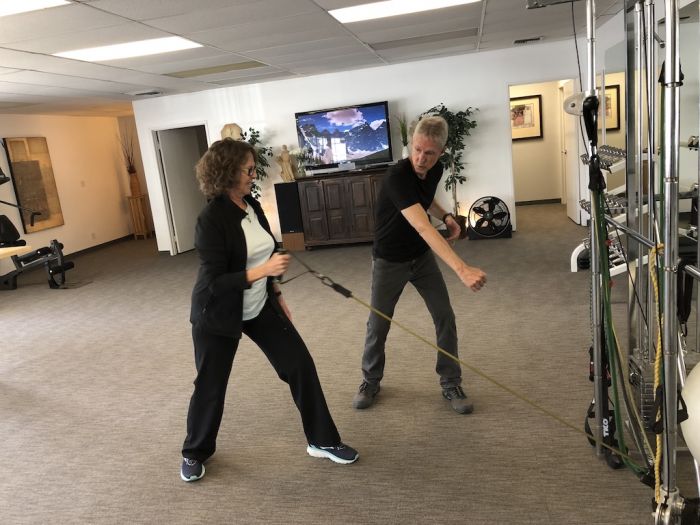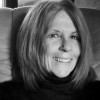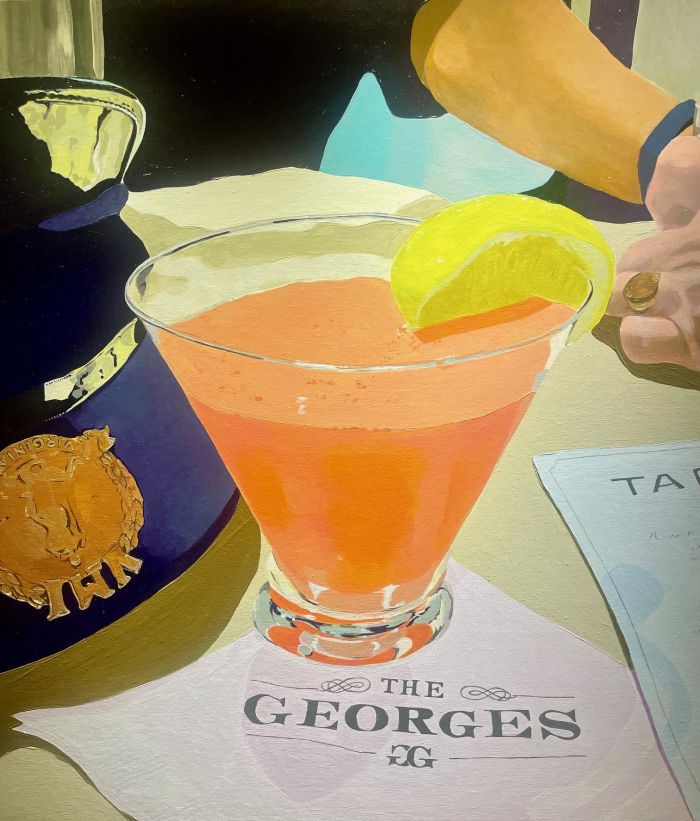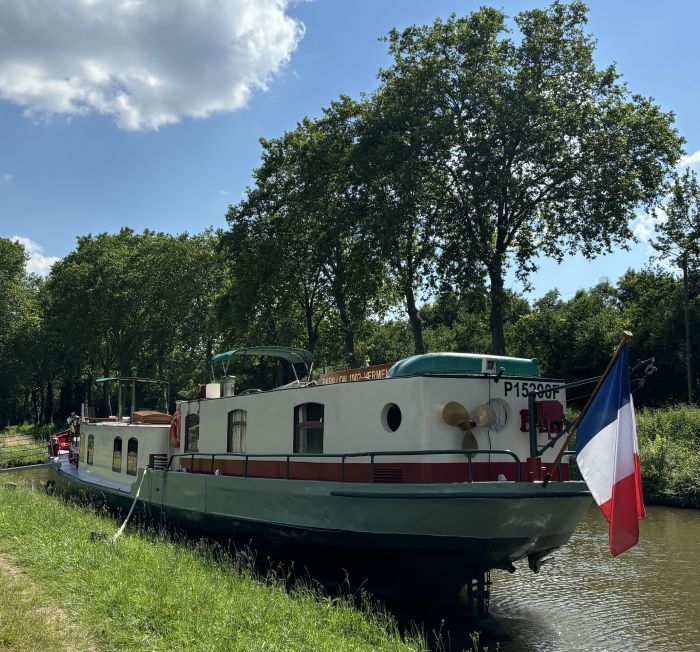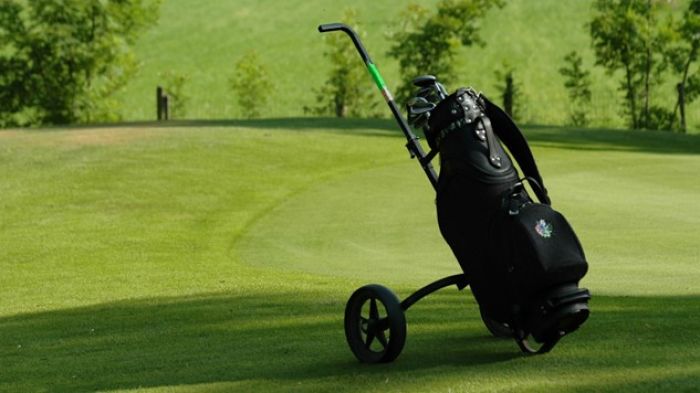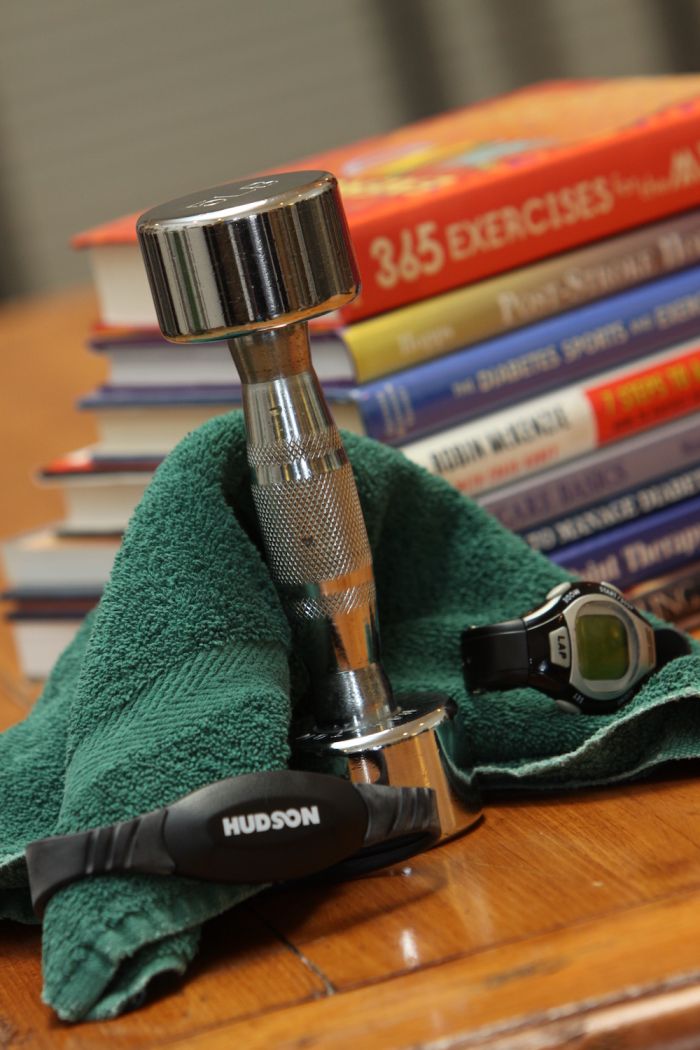
According to recent trends data from the Global Wellness Institute, October 2018, the strategies of fitness and wellness are changing, driven by new technologies and demographic change. These dimensions are also being modified by many personal trainers, whose clients are often are not as interested as they used to be in living the competitive Olympic motto of Higher, Faster, Stronger, especially with the adult senior population. This age group is defined as 50 and up, according to AARP. One well-known and respected personal trainer at the leading edge of this paradigm shift is Randy Bengtsson, a trainer whose area of specialization is the adult senior population.
He sees segments of our contemporary and future exercise culture as moving beyond the competitive nature of lifting more weights and trying to break strength records. His adult senior wellness and exercise training instructs seniors and interested others, as to how and why to heed body signals of pain and exertion, and what to do about them in the context of greater fitness and wellness in later years. One of his clients told me that he is as much of a philosopher as a personal trainer of senior wellness exercise. All the fitness movements he prescribes have a strong philosophical and physiological base, and as a top personal trainer for seniors, he monitors and explains as he goes.
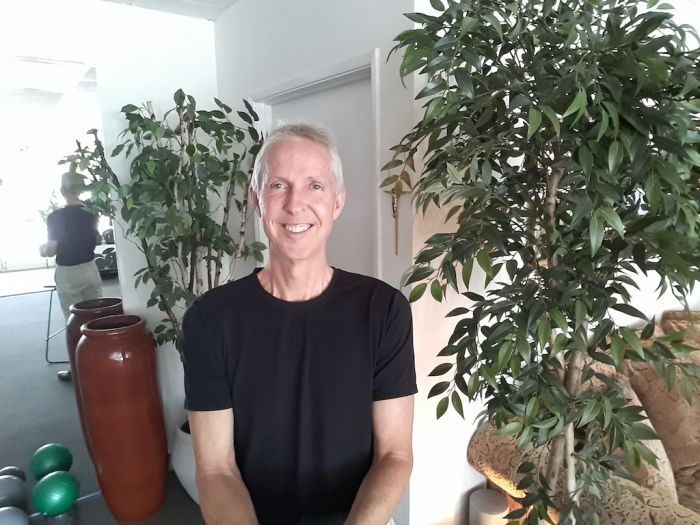
I met Randy recently, as I wanted to know more about his methods and philosophies of senior workout wellness training. After all, 72 million adult seniors might like to know. In addition, sooner or later, we will all be seniors someday.
JustLuxe: I‘ve watched and listened as you discuss your pre-workout sessions with your clients. Getting ready for a workout can be quite instructive, as an actual part of the warm-up. In this pre-workout, you have an interesting way of combining philosophy, psychology and wellness training: so, what is your education?
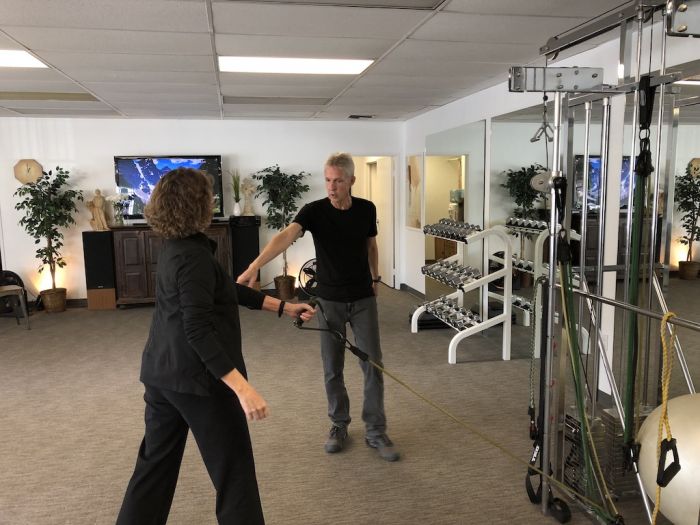
Randy Bengtsson: I have a Master’s Degree in Exercise Science & Wellness Management from Humboldt State University. I spent two years at Purdue University studying engineering. I received a B.A. from the University of Illinois at Chicago in Experimental Psychology. Then I did a year and a half of graduate work in personal counseling. I also became a Certified Massage Therapist in 1983 and later started my own practice in San Juan Capistrano in 1987. I did my massage work in a private fitness center and gained interest in personal training, working with adults. For the last 25 years I have owned and operated my Lifestyle & Fitness Studio in San Juan Capistrano.
JustLuxe: Do you feel that the aging process is allowing you greater wellness wisdom?
Randy Bengtsson: As I am aging daily, I am gaining greater interest in the aging process, especially because of my degenerative disc disease, which was first diagnosed in my early 20's. I found from personal experience, that “older” parts (the degenerated discs) didn’t respond to exercise the same way “younger” parts did. That personal realization, along with the natural aging of my clients and myself, brought me to my current focus on health, fitness, and wellness for people as they age.
JustLuxe: How is your wellness philosophy different now than in earlier years?
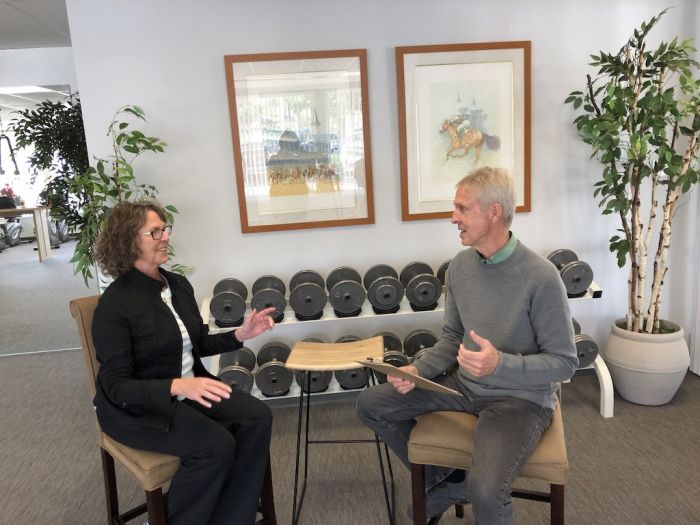
Randy Bengtsson: I now have come to see that avoiding injury and overuse has become much more important now, and the “risk-benefit” curve has changed with age. The risks are much higher now. Increased strain and pain significantly degrades the quality of life. Most people think mostly of muscle strain, but even more at risk for injury are joint capsules and the body’s system of connective tissue, or fascia.
JustLuxe: What are the main ideas you wish to change in seniors’ attitudes, when it comes to exercise and wellness?
Randy Bengtsson: First, most of our current exercise and fitness programs are better suited for more performance-oriented people. The term “wellness” is perhaps more apt for those of us who are older. Our needs and wants shift to a more healthful, balanced existence rather than to high-performance, competitive, beach-body living. Different goals, different ages as well, require different programs and approaches.
Second, I suggest they explore the value of consistent, lighter exercise as they age. Very often our chronic aches and stiffness can come from our dedication to a stressful exercise program itself. We know that a sedentary life is harmful to health and function, but we often don’t know that over-exercise is harmful, too.
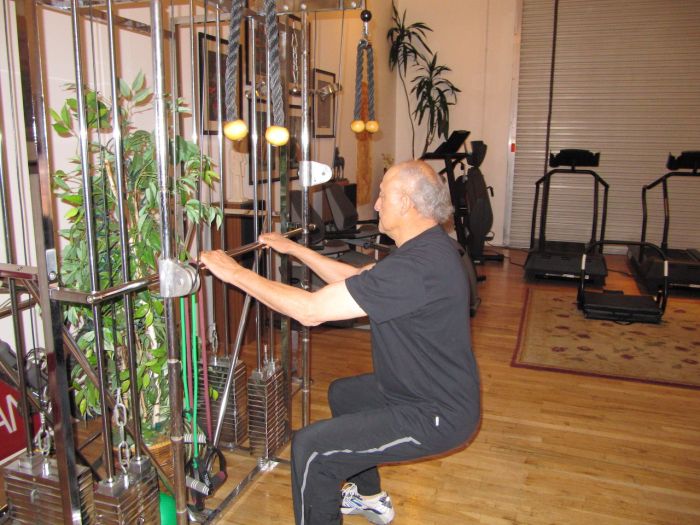
So, third, I recommend that lighter might be better. This is primarily advice for those who have body stiffness, and pain and are currently exercising. If you are a regular exerciser, consider trying to lighten up your exercise routine for a couple of weeks. Then let your body tell you if it feels better or not. It is incredible in how much it can help guide you, but you must learn it’s language in terms of exercise. Pain, stiffness, exhaustion is the language of the body. If these things occur, the feedback your body is providing is for you to slow down.
Fourth: When beginning a new workout, start easy. I tell those I work with that when you do a new exercise, test it first. That means doing it lightly … and then cutting that in half! See how you feel the next day. If you feel fine, great. Then do a little more the next time and gradually move forward to a nice, mild or moderate level. And then progress gradually and carefully – always listening to what your body is telling you.
Finally, I tell my adult seniors that fitness, exercise, and wellness goals need to essentially be based on an acceptance of aging – it is real, it is inevitable, and it can be very enlivening. So as you exercise, your body is the feedback system you must listen to. As you do this, your physical and mental selves will be in tune, in harmony. Together, you will be closer to a life goal of a more balanced, overall wellness.
LifestyleAndFitness.org
